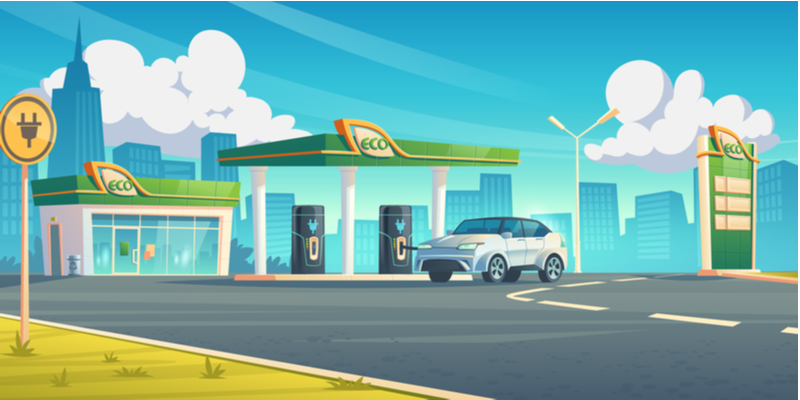
There has been a lot of speculation on what the government will do for the third phase of the Faster Adoption and Manufacturing of Electric Vehicles in India (FAME).
For better or for worse, the first two iterations of the scheme drove both private and institutional sales of electric vehicles (EVs) but were beset by problems. Many of these problems were expected teething issues caused by a rapidly evolving industry.
However, looking at what the government is doing in other sectors, including the PLI schemes, say for electronics, the focus of FAME-III ought to be around a higher degree of indigenisation—not just demand creation through subsidies.
Here, India has to learn from China and how it created a self-sustaining EV ecosystem by not just investing across the entire value chain—starting from raw material resources and education to technology—but also fostering local champions.
While India needs to do more, it doesn’t imply that it should replicate everything from China. First and foremost, India must invest in creating intellectual property around the EV space. No matter what the ultimate size of the FAME-III proposal is, it should focus on investing in deep tech by creating centres of excellence around green technologies.
The IIT-Madras Research Park has been successful in creating an EV ecosystem with Ather Energy, which is part of its RTBI incubator, and subsequently, other startups like Exponent Energy and Bytebeam—spin-offs of Ather Energy.
The government should actively invest in incubation labs at top engineering and science institutions. If India is to become a leader in EVs, the country cannot depend on importing technology. Besides the government, even private money will play a major role and must be encouraged through investments in R&D and early-stage technologies—innovation, not just imitation.
India can be a leading provider of affordable and sustainable EV technology to the world. Companies like Ather Energy and Ola Electric and more established two-wheeler manufacturers, such as TVS, are creating electric two-wheelers for the Indian and global markets. Indian two-wheeler manufacturers are market leaders in the African markets as well. Indian two-wheeler companies are already champions of ‘Made In India’, and they can replicate this success as the industry moves to electric.
Even Royal Enfield is talking about an electric motorcycle. The same can also be said about three-wheelers—both cargo and passenger. Indian companies have always developed vehicles that can function in extreme climatic conditions in the tropical region. For instance, Bajaj is a household name across Africa and not any Chinese brand.
Many aspects of FAME-I and II subsidies were specifically to create a market for EVs in India and provide Indian manufacturers the scale to become competitive. But FAME-III ought to go beyond just the end product. Instead, it should focus on building the infrastructure by promoting chargers, cells, batteries, and motors, among other manufacturing companies.
While there has been immense progress in the charger manufacturing ecosystem, much more needs to be done. India also needs to promote more intellectual property development in this space by promoting rapid charging companies like Exponent Energy that promise 15-minute rapid charging for EVs.
Why is this important? Because a vast network of public slow chargers is not the solution India needs.
While we have made major developments as an economy, we are still not a rich country where we can lay out infrastructure on a whim. There are enough examples of unused installed chargers, missing leads and wires.
At the moment, public charging infrastructure in India has low single-digit utilisations. Chargers should not become subsidy vampires, they have to be sustainable—to manufacture and operate. A high throughput of vehicles at charging stations is what will make them sustainable. Rapid charging reduces the need for expensive real estate, increases utilisation, and accelerates payback.
The first two phases of the FAME programme have achieved much, but in a space where learning never ceases to exist, much more needs to happen, and we have to adapt constantly.
The subsidy programmes have to adapt as well. If today we need chargers, tomorrow we could need back-end infrastructure such as transformers. It is great that the government continues to provide subsidies to accelerate the transition from ICE to EV, but to maximise the ROI, we have to be smart in how we prioritise that investment.
Kunal Khattar is the Founder of AdvantEdge Founders
Edited by Suman Singh
(Disclaimer: The views and opinions expressed in this article are those of the author and do not necessarily reflect the views of YourStory.)


![Read more about the article [Weekly funding report] First week of August sees over $1B inflow into Indian startups](https://blog.digitalsevaa.com/wp-content/uploads/2021/07/Weeklyimage-1577460362436-300x150.png)







